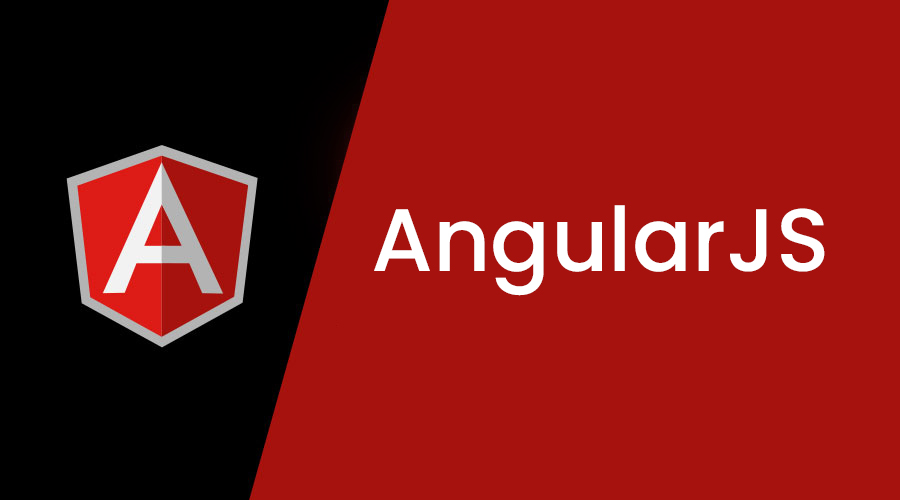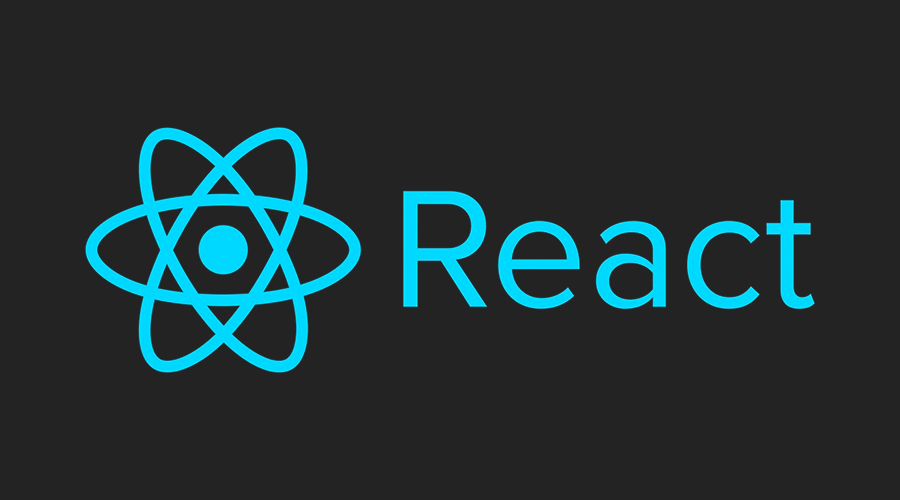Frontend Development
Frontend Technologies
There are several tools available that can be used to develop the front end of a website, and understanding which tools are best fit for specific tasks marks the difference between developing a hacked site and a well designed, scalable site.
Here is the short list of the technologies in which we work.

Angular JS

React JS

Other Technology
Our team also have experienced in Javascript and Jquery.
AngularJS
AngularJS is a structural framework for dynamic web applications.
It lets you use HTML as your template language and lets you extend HTML’s syntax to express your application’s components clearly and succinctly. AngularJS’s data binding and dependency injection eliminate much of the code you would otherwise have to write. And it all happens within the browser, making it an ideal partner with any server technology.
AngularJS is a full featured JavaScript framework, with the core goal of simplification. It excels at building dynamic, single page web apps (SPAs) and supports the Model View Controller (MVC) programming structure. It powers sites include Google, Virgin America, and HBO’s mobile site for iPad.

Other highlights:
Open-source, front-end JavaScript framework developed by Google. A library of JavaScript code based on standard JS and HTML, with minimal modifications (meaning, it’s less likely to break)
Handles the heavy lifting of DOM manipulation and AJAX glue that once had to be coded from scratch Encourages the developer to use modular building blocks of JavaScript code that can be categorized and are easy to test Can be added to any HTML page with a <script>tag
HOW ANGULARJS APPLICATION LOADS?
AngularJS application gets initialized when DOMContentLoaded events gets fired.A DOMContentLoded event is fired on the document when all the HTML elements are loaded and parsed.It does not wait for all the resources like images,styles and other to be downloaded to browser.Once this event is fired Angular executes the below steps.
Angular looks for ngApp directives in the DOM tree. ngApp works like a marker to AngularJS, which tells the AngularJS that the portion of HTML markup needs compilation.
If Angular finds multiple ngApp directives then it takes the 1st ngApp covered HTML portion and starts the process of auto-bootstrapping.In auto-bootstrapping all other depended modules and injectors gets loaded to the AngularJS application.
The other remaining ngApp directives needs manual bootstrapping.A manual bootstrapping can be done using angular.bootstrap() method.
Once the ngApp root is determined the compilation process of HTML markup gets triggered by considering the ngApp element as the root of the application.During the compilation process it loads all the dependencies like injector or modules.
ReactJS
A JavaScript library for building user interfaces
React is a library for building composable user interfaces. It encourages the creation of reusable UI components, which present data that changes over time. Lots of people use React as the V in MVC. React abstracts away the DOM from you, offering a simpler programming model and better performance. React can also render on the server using Node, and it can power native apps using React Native. React implements one-way reactive data flow, which reduces the boilerplate and is easier to reason about than traditional data binding.

Advantages
React.js is extremely efficient:
React.js creates its own virtual DOM where your components actually live. This approach gives you enormous flexibility and amazing gain in performance. React.js also calculates what are the changes needed to be made in DOM. This process of React.js avoids expensive DOM operations and make updates in a very cient manner.
It gives you out-of-the-box developer tools:
When you start your journey with React.js, do not forget to install official React.js chrome extension. It makes debugging your application much easier. After you install the extension, you will have a direct look into the virtual DOM as if you were browsing a regular DOM tree in the elements panel. Isn’t it pretty amazing!
It makes writing Javascript easier:
React.js uses a special syntax called JSX, which allows you to mix HTML with Javascript. The user can drop a bit of HTML in the render function without having to concatenate strings, this is another fantastic thing. React.js turns those bits of HTML into functions with a special JSXTransformer.
It’s awesome for SEO:
One of the biggest issue with Javascript frameworks is that they are not search engine friendly. Though there have been some improvements in this area, search engines generally have trouble reading Javascript heavy applications. React.js stands out from the crowd because you can run React.js on the server, and the virtual DOM will be rendered to the browser as a regular web page.
WHY YOU SHOULD USE REACT.JS:

NexThoughts is a complete Software Solutions Company with a team of 55+ professionals having expertise in Software & Web Development, Testing and maintenance of high traffic web applications.
Services
Web Development
Cloud Solutions
Blockchain Development
Product Development
Product Re-engineering
Automated Testing
Company
About
Portfolio
Contact Us
Testimonials